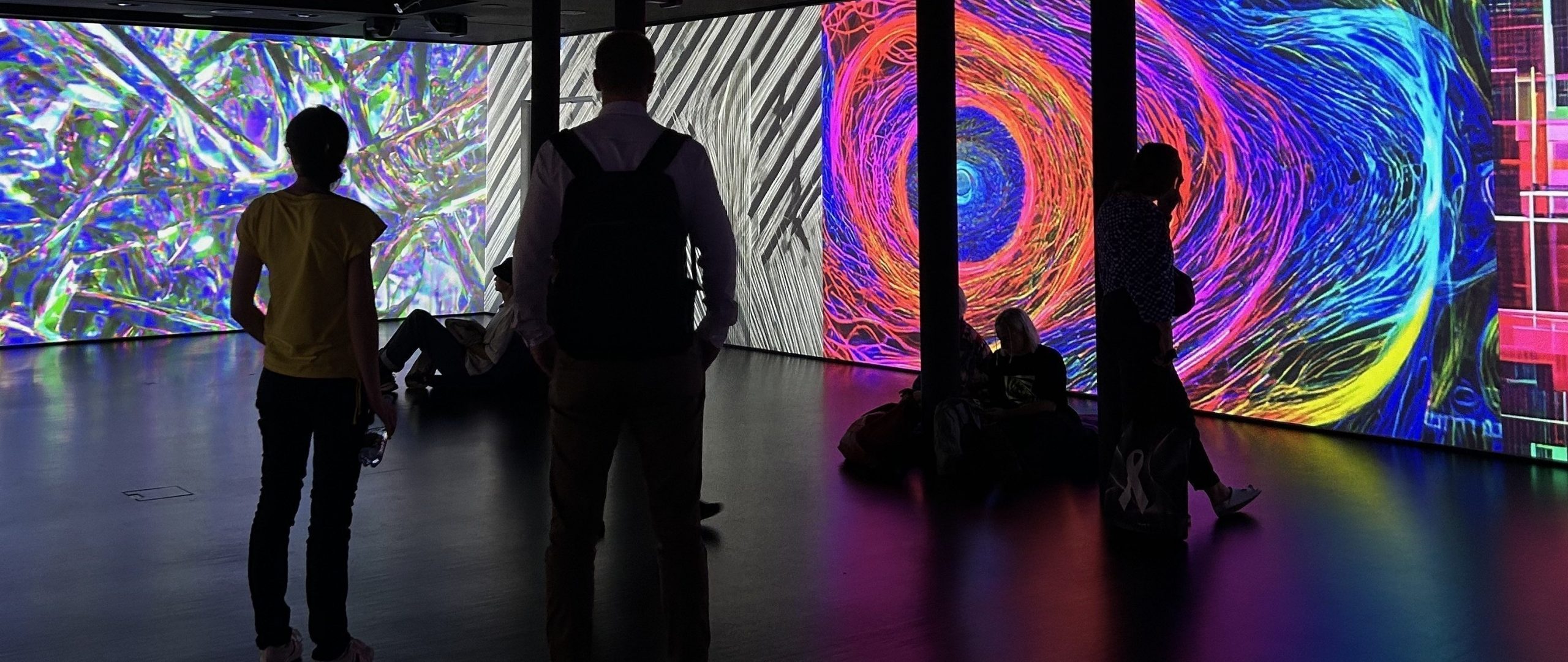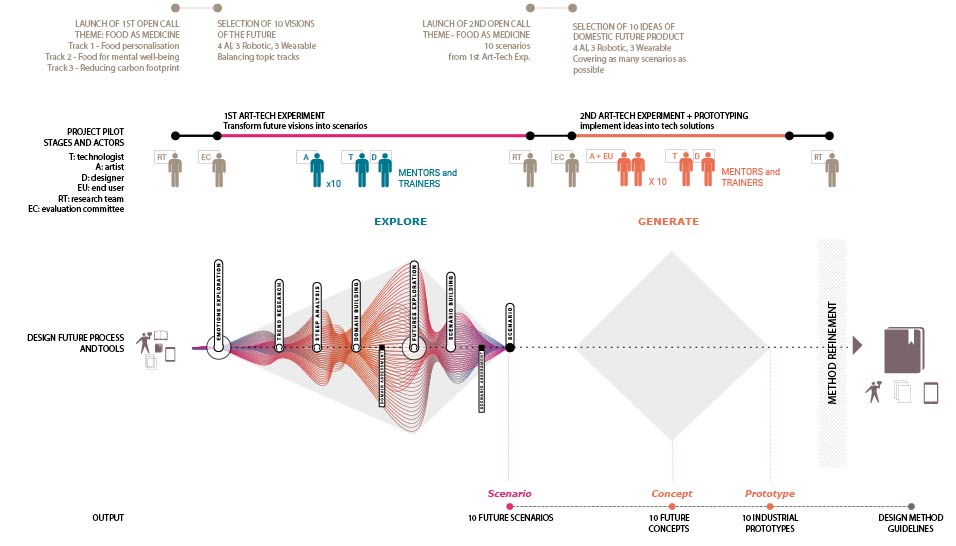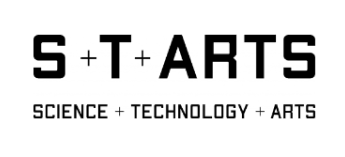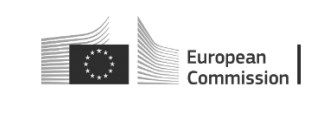
RESIDENCIES
Two residencies are designed to lead artists to envision future scenarios related to the food domain and prototype ground-breaking solutions.
MUSAE First Residency
The first residency will host 10 artists who will envision 10 future scenarios of technologies applied in the area of Food as Medicine. Throughout the residency, artists will be trained in the DFA method and mentored by a group of experts, including art, technological, and nutrition mentors. Using the DFA method, artists will develop their critical visions into real scenarios, serving as the starting point for the second open call.
MUSAE Second Residency
The second residency will host 10 artists and 10 SMEs working together as a team. Starting from 10 scenarios launched through the second open call, artists and SMEs will create 10 concepts that will be turned into TRL5 prototypes.
The teams will be involved in technical design and prototyping to get an early draft of their solution to be demonstrated in MADE, acknowledged DIH, and STARTS centres. During the developmental phases, the teams will have the opportunity to exploit competencies available at the four technological partner sites. The presence of academic and industrial experts within the MUSAE consortium will provide the participant teams with a well-balanced amount of knowledge to foster their product development.

Throughout the project, a continuous assessment will be performed to analyse the ongoing processes and what will need to be improved to create the final version of the Factory Model.
The model will be refined in the project’s third phase. The Factory Model Pack delivered as a main result of the project will consist of
- A Factory Core Method, including written guidelines and tools for the application of the DFA method to develop scenarios and prototype concepts.
- Open call and Residency Format with a guideline for setting up, selecting artists, residency activities, evaluation process, and disseminating results
- Training and Mentoring Guidelines with specifications on how to train the DFA method and technology skills for the artists, as well as establishing guidelines for building a common language between artists and technology providers.
- DFA projects and use cases as demonstrators of the scenarios and concepts that emerged from the pilots to serve as inspirational material for other DIHs or end-users to see the potentialities of the DFA method.
- An integrated stakeholder network, disseminating DFA methodologies and pilot results toward the network of DIH and the future EDIH Ecosystem.


